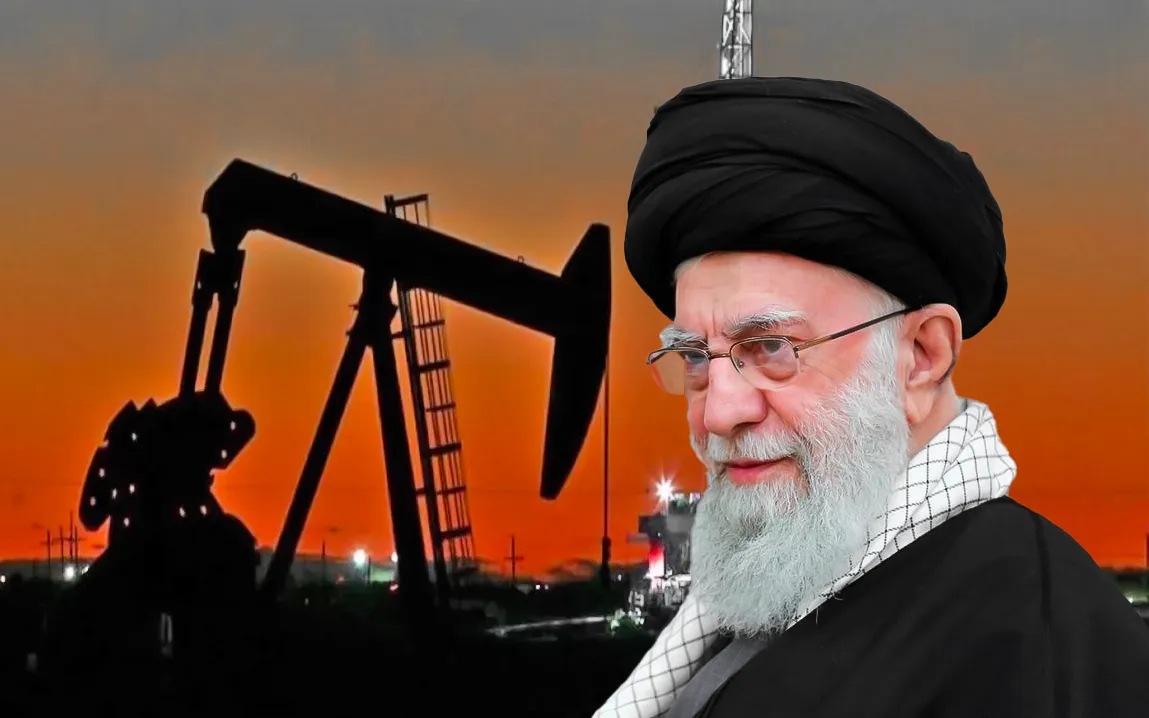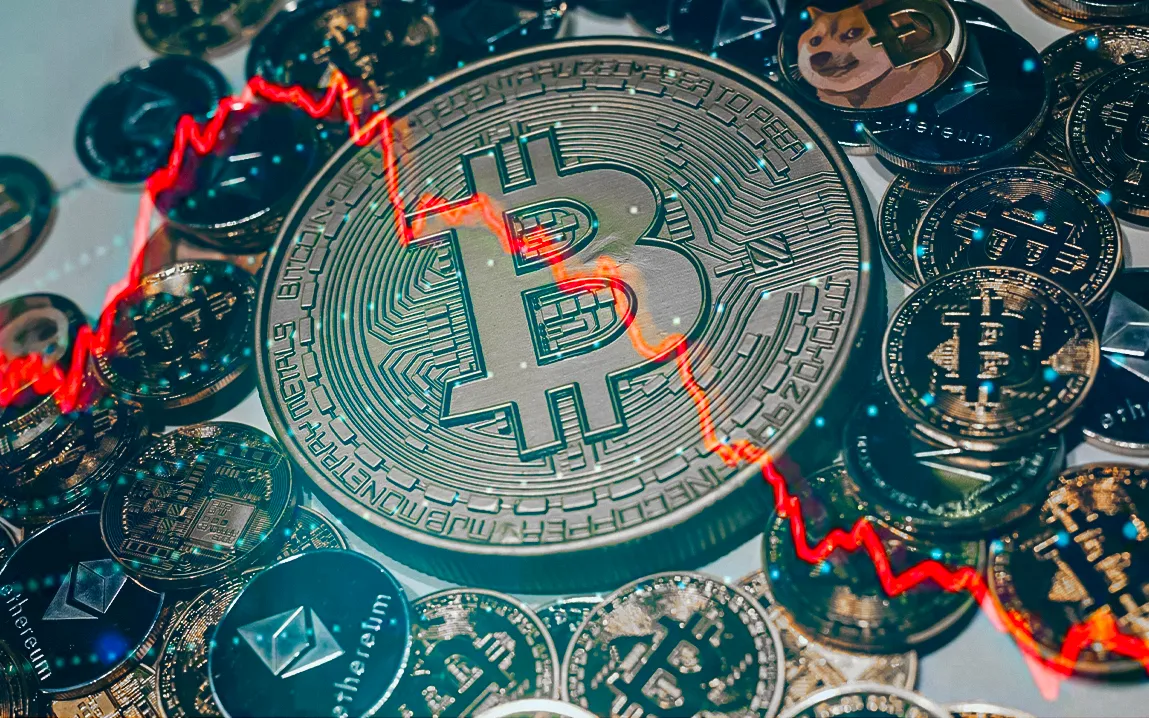Russia Marks Kyiv Day With Explosions, Not Celebration
Instead of music and fireworks, Ukraine woke up to explosions. Russia launched one of its most brutal attacks yet—nearly 300 drones and over 60 missiles slammed into cities across the country. It happened on Kyiv Day, when people normally celebrate the capital’s culture and resilience. This time, the celebration turned into chaos.
Entire towns were reduced to rubble. Children were among the minimum of 12 fatalities. Numerous people with potentially fatal injuries were among the dozens who were taken to hospitals. Numerous threats were shot down by Ukraine’s air defense systems, but they were overpowered by the sheer volume.
Zelenskyy to the World: Speak Up or Step Aside
Volodymyr Zelenskyy, the president of Ukraine, was eager to voice his opinion. He was obviously frustrated. In addition to denouncing Russia, he also criticized important allies for their silence.
“The silence of America” in the face of such aggression only emboldens Putin, he said. Zelenskyy urged global leaders to act—demanding more weapons, tighter sanctions, and stronger political support.
Trump’s Response: Confused, Vague, and Divisive
Former President Donald Trump, who’s often claimed he could “end the war in 24 hours,” said little at first. When reporters asked him about sanctions on Russia, he offered a short answer: “Absolutely. He’s killing a lot of people. What the hell happened to him?”
Later, on his social media platform, Trump said he used to have a good relationship with Vladimir Putin but claimed the Russian president had “gone absolutely CRAZY.” He warned that Putin’s ambition to take over all of Ukraine could lead to Russia’s downfall.
Still, there was no clear plan or even a proposal. The message sounded more like confusion than strategy.
Trump Attacks Zelenskyy Instead of Putin
In a move that surprised many, Trump also turned on Zelenskyy. “Everything out of his mouth causes problems. I don’t like it, and it better stop,” he said. The comments stirred backlash, even among some of his own supporters, who felt the U.S. should be standing firmly with Ukraine.
Europe and the World Step In—But Is It Enough?
European leaders didn’t hold back. EU foreign policy chief Kaja Kallas called for maximum pressure on Russia. “They are not looking for peace,” she said. “They are deliberately targeting civilians.”
While allies like the UK, Poland, and the Baltics continue to send military aid, the mixed messages from the U.S.—especially from Trump—are causing concern about the long-term strength of Western support.
A Small Ray of Hope: Prisoners Come Home
In the midst of the destruction, there was one small sign of progress. Ukraine and Russia completed a rare prisoner exchange, swapping 1,000 detainees each. Among them were Ukrainian troops captured during the siege of Mariupol. Families wept as soldiers returned home—some for the first time in years.
What Now?
With the war in Ukraine showing no signs of slowing, and global attention stretched, leadership from key players like the U.S. is more important than ever. But Trump’s vague responses—and his criticism of Zelenskyy—are raising questions.
Is America pulling back, or just unsure of where to go next?



